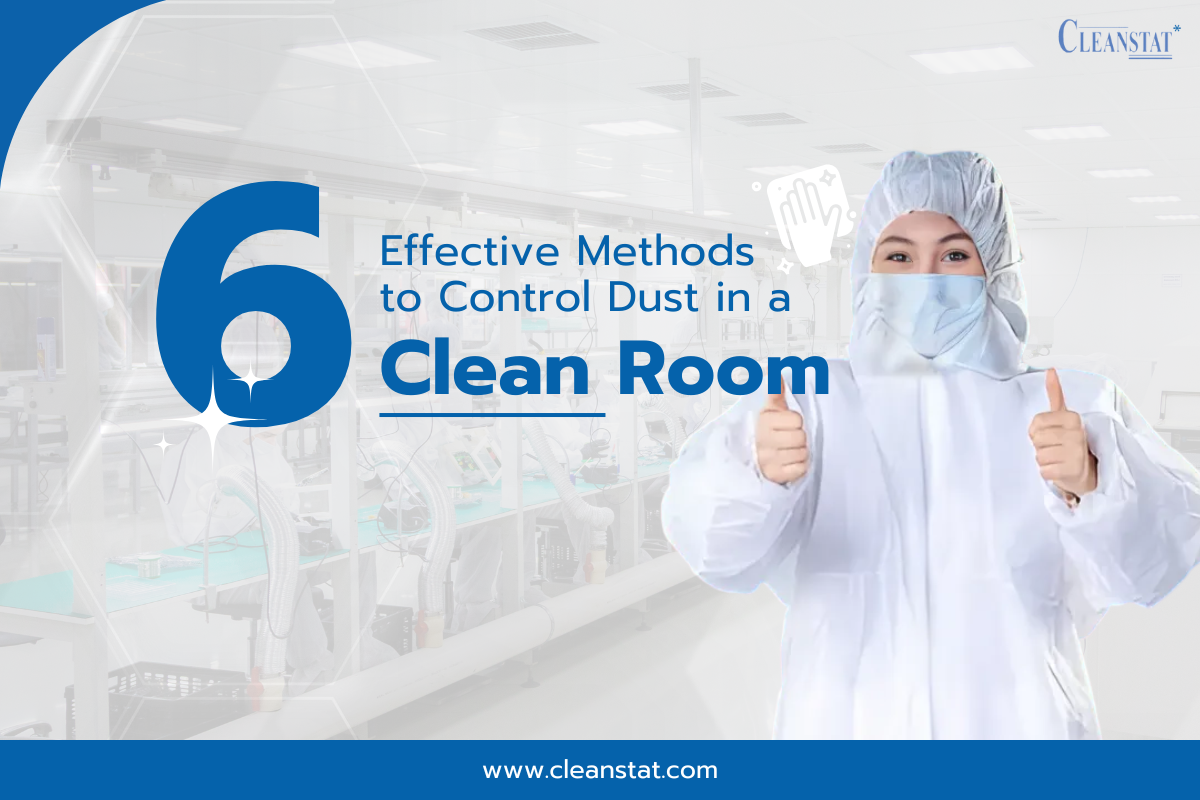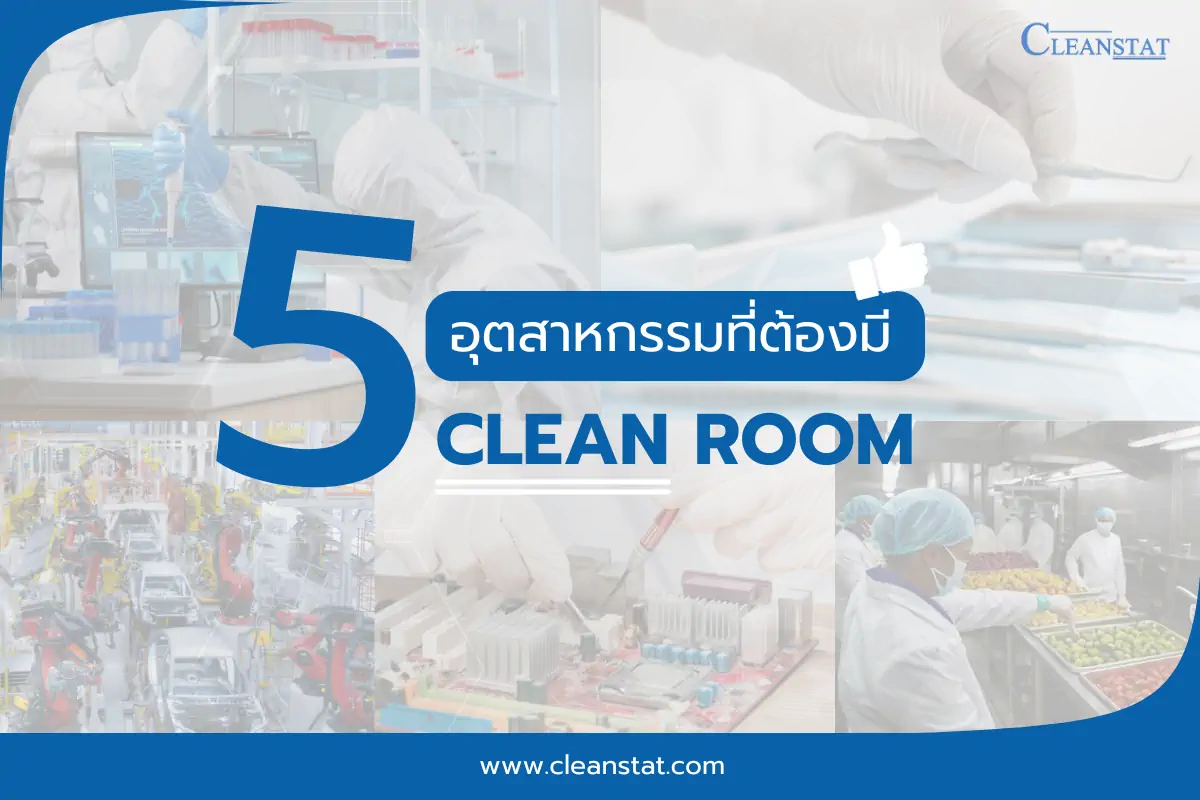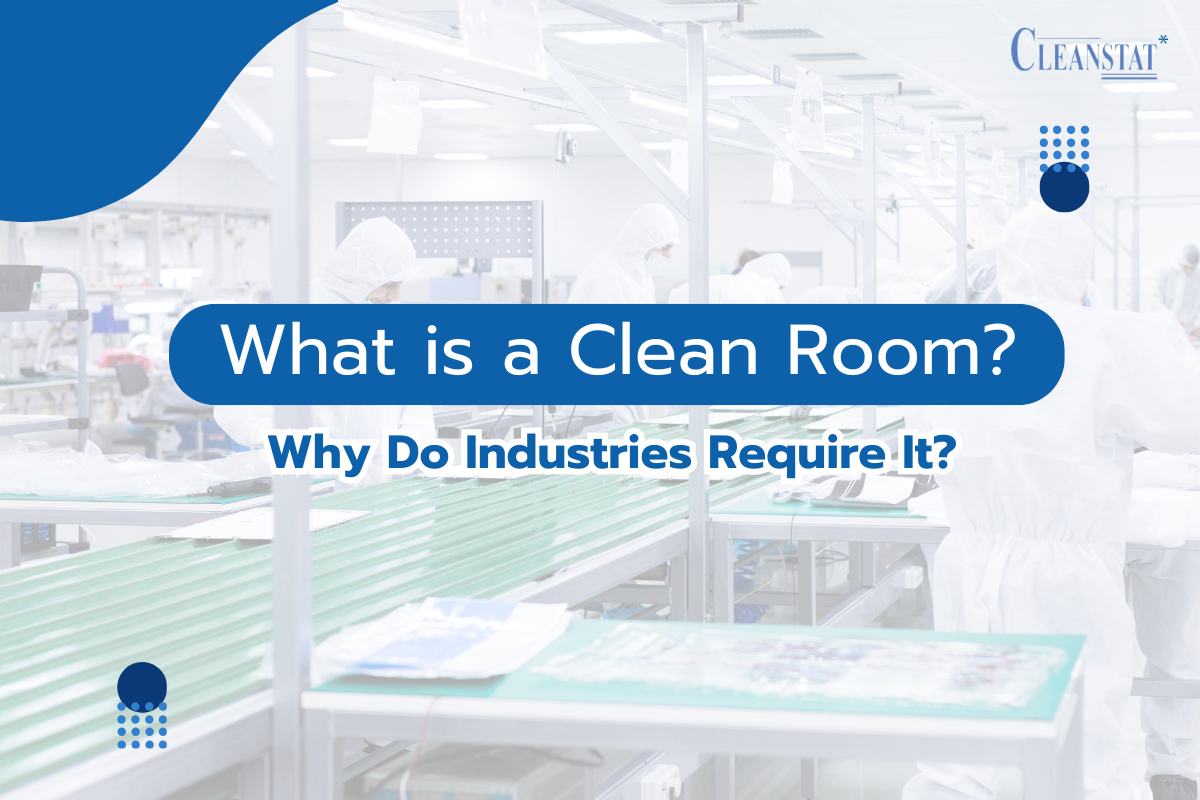A clean room is a highly controlled environment where cleanliness is paramount to prevent contamination from dust and other particles, which could interfere with sensitive manufacturing or research processes. This is especially important in high-tech industries, such as electronics manufacturing, pharmaceuticals, and biological research. Keeping a clean room free of dust is critical. Here are six effective methods to control dust in a clean room.
1. Designing an Efficient Clean Room
A well-designed clean room begins with selecting appropriate construction materials that minimize particle release, such as vinyl or epoxy flooring and PVC film for curtains. These materials are not only durable but also help reduce dust accumulation. Ensuring smooth surface finishes and sealing joints effectively can further prevent dust buildup in crevices and edges.
2. Using an Air Filtration System
Air filtration is essential for dust control in a clean room. HEPA (High-Efficiency Particulate Air) or ULPA (Ultra-Low Penetration Air) filters can trap even microscopic particles. An efficient filtration system prevents dust particles from entering the workspace. Filters should be changed regularly or as soon as clogging is detected to maintain optimal airflow and prevent excessive dust buildup in the air.
3. Regular Cleaning of the Room
Regular cleaning with tools and materials designed to reduce dust generation is crucial. Microfiber or polyester cleaning cloths are highly effective for dust absorption. Using cleaning equipment that doesn’t release particles ensures the room remains as clean as possible, meeting strict cleanliness standards at all times.
4. Controlling Entry into the Clean Room
Managing personnel access is another important way to prevent contamination. Before entering the clean room, personnel should be provided with preparation areas to put on protective gear, such as coveralls, gloves, caps, and face masks, to prevent outside dust from entering. Strict enforcement of these measures significantly reduces contamination risks.
5. Using Advanced Technology and Equipment
Utilizing new technology can enhance clean room maintenance. For instance, cleaning robots with built-in air filtration systems can operate 24/7 to clean and filter the air simultaneously. Installing air quality sensors to monitor dust levels allows for quick detection and resolution of any dust-related issues.
6. Storing Materials and Chemicals Properly
Proper storage of materials and chemicals is crucial. Containers should be tightly sealed to prevent dust release or vaporization. Using only the necessary amounts and avoiding materials prone to dust or evaporation further maintains the room’s air quality.
Controlling dust in a clean room is challenging but achievable by following these methods. From proper room design and air filtration to regular cleaning, advanced technology, and proper storage practices, implementing these steps helps maintain the required air purity. This ensures smooth, efficient operations and the highest standards of cleanliness within the clean room environment.
Follow us for updates from Cleanstat Thailand. Click here!







